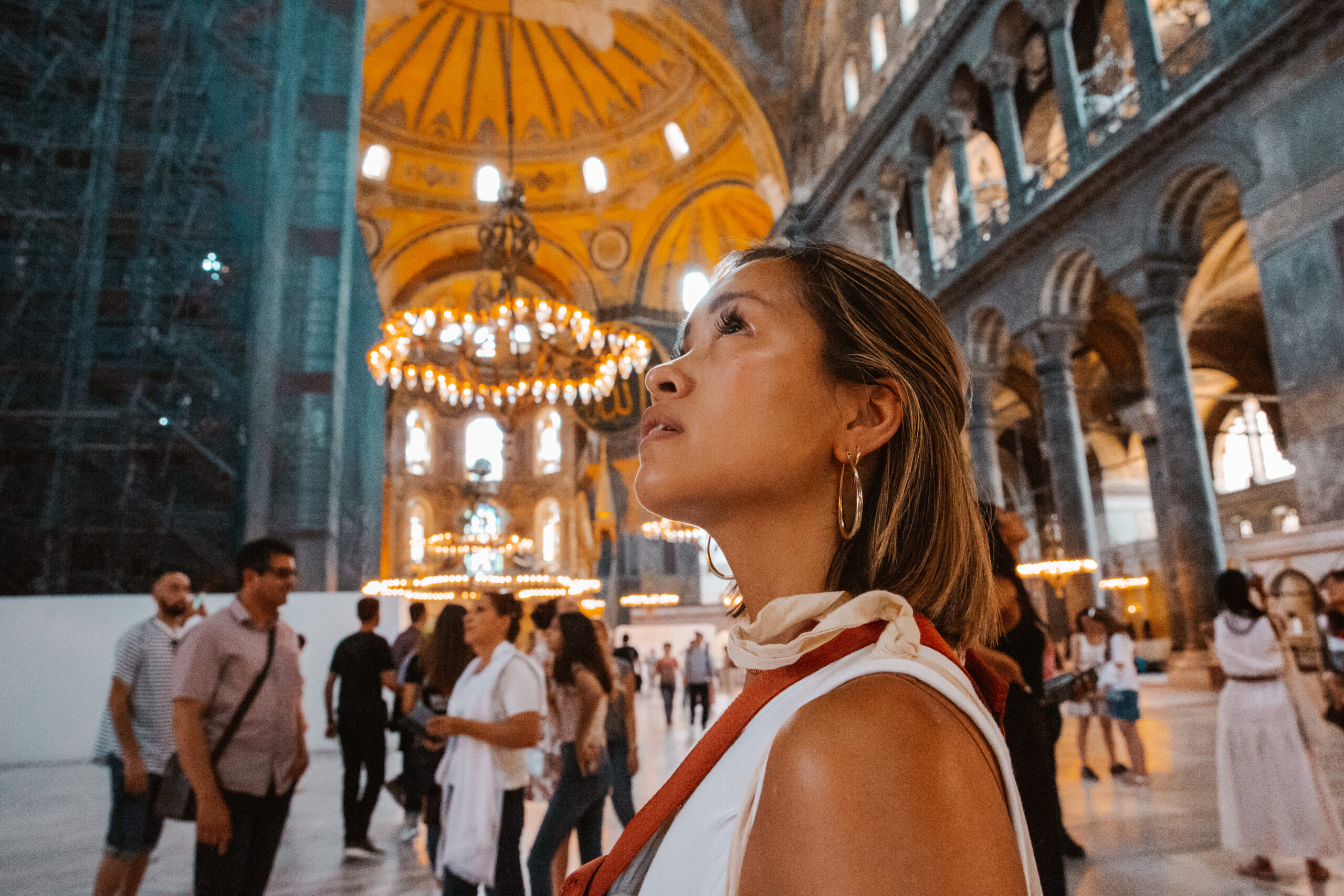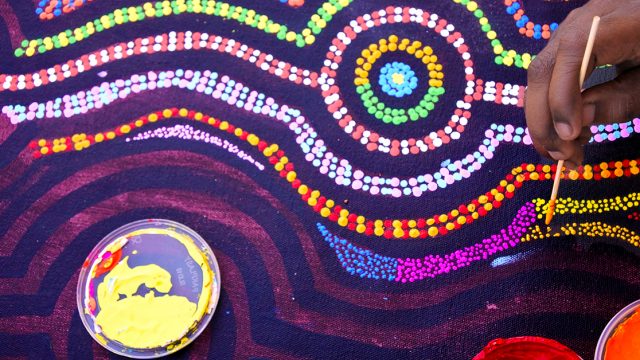Articles found in: Turkey

Solo Women’s Travel is Exploding—And We’re Running to Keep Up
Published on March 5, 2025
Solo Women’s Travel is Exploding—And We’re Running to Keep Up Leigh Barnes, Intrepid Travel’s President of Americas From backcountry hiking in America to off-the-beaten-path adventures in Morocco, women-led, women-for-women trips are taking off. Intrepid Travel, a world leader in responsible travel and small group adventure tours, plans to not just double down on the solo […]
Keep reading
Ten Countries for Crafts with a Cause
Published on October 27, 2021
Ten Countries for Crafts with a Cause By Overseas Adventure Travel In survey after survey, up to 76% of consumers say that they’d rather spend their money on experiences than things. They further cite “meaning,” “inspiration,” “fun,” and “learning” as outcomes they seek. Travelers can count on all of the above on one of Overseas […]
Keep readingTravel Expert Terry Dale Chronicles His Trip to Turkey
Published on May 11, 2021
Travel Expert Terry Dale Chronicles His Trip to Turkey What it’s really like to travel internationally in the age of COVID-19 By Terry Dale, President & CEO of the United States Tour Operators Association (USTOA) If there is one lesson I learned from my recent travels to Turkey, it’s that the value of tour operators […]
Keep reading
